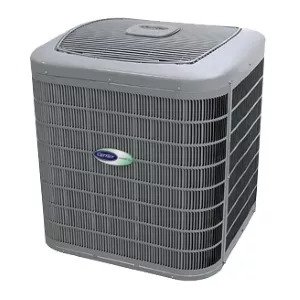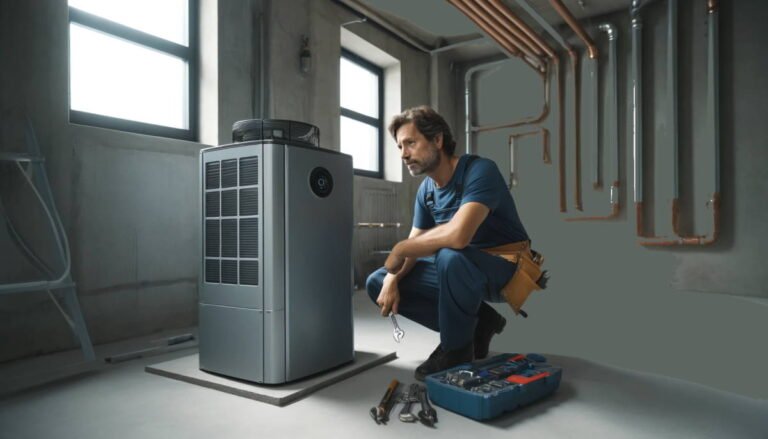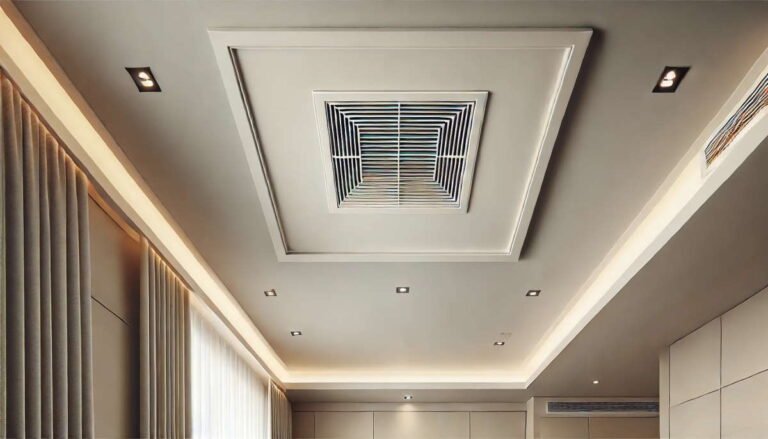What Is a Storage Tank Water Heater? Exploring Its Operation
Storage tank water heaters are a staple in most homes, quietly and reliably providing hot water for showers, dishes, and laundry day after day, year after year.
“So, what is a storage tank water heater?” you might ask.
Simply stated, it is a heating device that consists of an insulated tank where water is heated and stored until needed. Understanding how these heating devices work and the key components involved can greatly benefit any homeowner and user.
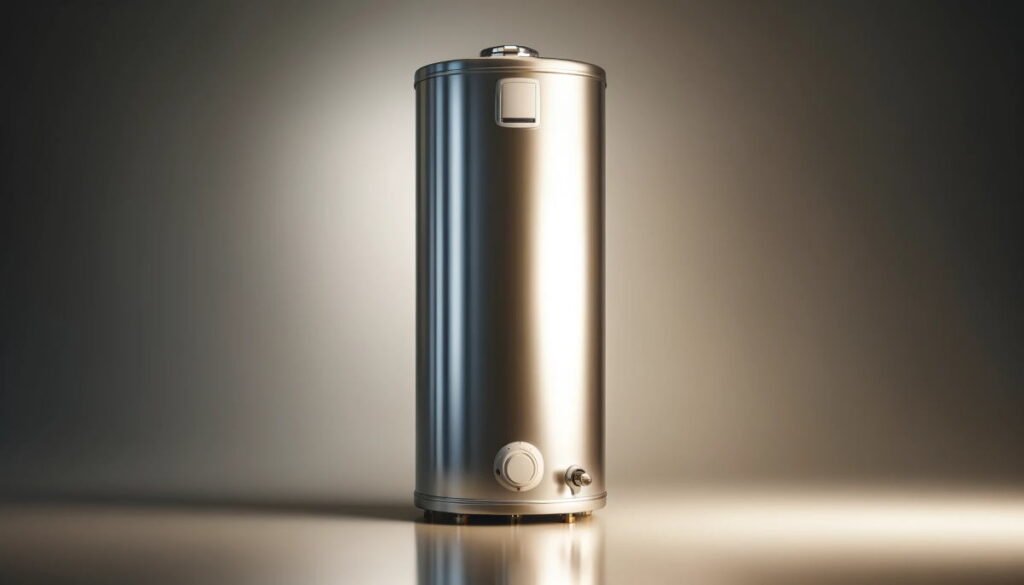
Not only does this knowledge allow for better maintenance and troubleshooting, potentially extending the lifespan of the unit, but it also helps you make informed decisions about purchasing the best model, repairs and energy use.
How Do Storage Tank Water Heaters Work?
Storage tank water heaters, whether powered by electricity or gas, function through a relatively straightforward process and involve several critical components that work together to ensure efficient heating and storage of water.
Water Storage Tank
When you’re looking into storage tank water heaters for your home, you’re essentially considering a device that’s designed to store and heat water reliably for at least the length of the warranty. The core of these heaters is the storage tank, which is built to hold anywhere from 20 to 80 gallons (whole-house water heating), making it suitable for a variety of household sizes and water usage patterns. This differs from the smaller tankless models.
The tanks are typically made of carbon steel, stainless steel, or even plastic (e.g. Marathon). To combat the issue of corrosion, which is a common problem in water heaters, steel tanks are protected on the inside with glass lining. Plastic and stainless steel tanks are not affected by this problem.
Every tank is further insulated with polyurethane foam so water inside the tank can stay hot longer. This insulation usually measures between 1 to 2 inches in thickness, and the thicker the insulation, the higher the R-values are.
Thermostats: Controlling the Water Temperature
The thermostat in a tank-type water heater plays a crucial role in regulating the water’s temperature, ensuring that it remains within a comfortable and safe range for household use.
Typically, residential water heaters are set to maintain water temperatures between 120 and 140 degrees Fahrenheit, with 125 F often being factory-set. This range is ideal as it is hot enough to meet daily needs like bathing and cleaning, while also minimizing the risk of scalding, reducing bacteria growth, and maximizing energy efficiency.
In electric water heaters, the thermostat is mounted on the outside of the tank, directly against the interior. It senses the temperature of the water inside through the tank’s metal wall. When the water temperature falls below the set threshold, the thermostat activates the electric heating elements within the tank. These elements are usually positioned both at the bottom and the top of the tank to ensure even heating.
As electricity flows through these resistive elements, they heat up and thereby heat the water surrounding them until the thermostat’s set temperature is reached, at which point it will shut off the current to the elements.
Gas water heaters, on the other hand, have their thermostats connected to a gas control valve. The thermostat works similarly by monitoring the water temperature, but when the temperature drops, it signals the gas valve to open, allowing gas to flow to the burner. The gas ignites, and the flame heats the water. Once the desired temperature is achieved, the thermostat signals the gas valve to close, extinguishing the flame.
Modern thermostats often include a built-in safety feature that cuts off the power to the heater if the water temperature exceeds safe limits, preventing overheating and potential damage. This feature is crucial for preventing accidents due to thermostat failure or other malfunctions.
Heating Mechanism
Electric models are quite straightforward in their operation, utilizing one or two long, immersion heating elements that extend into the water tank. These elements act like big resistors, heating up as electric current passes through them, which in turn heats the surrounding water.
The placement of these elements at both the top and the bottom of the tank helps in maintaining consistent water temperatures throughout the tank. The top element generally kicks in first if the hot water usage is light, heating a smaller volume of water more quickly.
When more hot water is needed, the bottom element will activate, heating the entire tank. This method of alternating between the two elements not only improves overall efficiency but also reduces wear on the elements, extending their lifespan. This setup is controlled by the thermostats, which monitor the water temperature and activate the elements as needed to maintain the set temperature.
In contrast, gas water heaters utilize a burner located beneath the tank where the water is stored. This burner, fueled by natural gas or propane, ignites to produce a steady flame directly under the storage tank.
The hot exhaust gases produced from this combustion process then travel upwards through a flue or chimney that runs up the center of the tank, further transferring heat to the water as they rise and exit the unit. The design of these systems not only ensures efficient heat transfer but also safely vents harmful combustion byproducts outside of your home, maintaining air quality.
Ignition Mechanism
In gas water heaters, the ignition mechanism is crucial for initiating the heating process.
Traditional systems often use a standing pilot light that constantly burns, while more modern systems employ electronic ignitions or hot surface ignitors (HSI) that activate only when heating is needed.
Electronic ignitions are more energy-efficient, reducing gas usage and costs by eliminating the need for a continuous pilot flame. HSIs enhance this efficiency further by using electricity to heat a resistant material, igniting the gas burner only during operation.
Cold Water Inflow and Dip Tube Functionality
Cold water is introduced into the water heater tank through a component known as the dip tube. The dip tube is strategically positioned to extend close to the bottom of the tank. This design is crucial because it allows the cold incoming water to be heated from the bottom up without disturbing the already hot water that has risen to the top of the tank.
By delivering cold water to the bottom, the dip tube helps maintain a consistent temperature at the top of the tank, preventing any mixing that could lead to a sudden drop in temperature when hot water is drawn.
Pressure Relief Valve
This safety device is designed to relieve pressure or temperature if it exceeds safe limits. It helps prevent the tank from bursting due to overpressure or overheating, which can be a risk if the thermostat malfunctions.
Drain Valve
Located at the base of the tank, the drain valve allows for the tank to be emptied for routine cleaning and sediment removal, which should be done annually to prevent efficiency loss and extend the lifespan of the heater.
Anode Rod
In addition to the glass lining, the anode rod is also used to protect the tank from corrosion. Often made from magnesium or aluminum, the rod undergoes a process of sacrificial corrosion, meaning it corrodes instead of the steel tank itself. This protective action significantly extends the lifespan of the water heater by preventing the tank from rusting.
Typically, the anode rod needs to be checked every few years and replaced when it has corroded significantly, which can depend on the water quality and the frequency of water heater use. A better option is to use the powered, non-sacrificial anode.
Maximizing Performance
After understanding how storage tank water heaters function, it’s important to consider how efficiency, flow, and recovery rate impact their overall performance.
These tank-type heaters are designed to maintain a reservoir of hot water, but their efficiency is influenced by how well they can retain heat, a factor heavily dependent on the quality of insulation around the tank. Better insulation means less heat loss and more energy savings, as the heater does not need to work as hard to maintain the water temperature.
The flow rate of a water heater refers to how quickly it can deliver hot water to your faucets, which is crucial during high-demand periods. Efficient water flow ensures that your daily routines are uninterrupted, while a sluggish flow can mean waiting for hot water, affecting both comfort and utility bills.
Recovery rate is another vital aspect; it measures how quickly the water heater can heat up a new tank of water after the hot water has been depleted. A higher recovery rate is especially important in larger households where the demand for hot water is greater, ensuring that the supply is replenished quickly and efficiently.
By choosing a water heater with a high recovery rate and efficient flow, you can enhance both the functionality and energy efficiency of your home’s hot water system.
Maintenance and Usage Tips for Optimizing Performance
While proper usage is crucial for the long and efficient operation of the water heater, maintenance must not be overlooked as well.
For example, since the accumulation of sediment at the bottom of the tank from minerals in the water can reduce efficiency and hasten corrosion, users are advised to drain the tank annually to remove this sediment. Testing the temperature and pressure relief valve for proper operation is also essential to avoid potential overpressure problems.
In the case of electric water heaters, it is important to check the condition of the heating elements and replace them if they show signs of excessive wear or corrosion. Additionally, ensuring that the electrical connections remain tight and corrosion-free is vital for safety and performance.
In gas water heaters, regular inspection of the venting system is crucial to ensure it remains clear and structurally sound. It’s also important to monitor the burner and pilot light for proper operation.
Keeping the area around the gas water heater clear of debris and flammable materials is critical for safety.
Conclusion
In the previous section, we thoroughly explored the question: “What is a storage tank water heater?”
Now, we’ll offer a concise summary for easy understanding. A storage tank water heater is an appliance that heats water using gas or electricity and stores it in an insulated tank, ensuring a consistent and reliable supply of hot water. Hope this helps!
More About Water Heating

What Is: Atmospheric Vent Water Heater (With Pros and Cons)
When it comes to heating water in your home, choosing the right type of water heater is crucial for efficiency,…
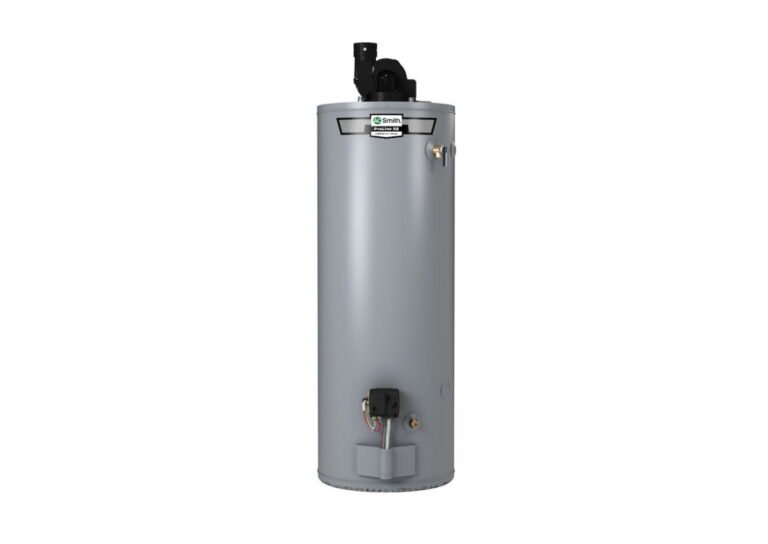
What Is: Power Vent Water Heaters (Including Pros and Cons)
Power vent water heaters offer flexibility and efficiency, making them a standout choice among the many options available for home…
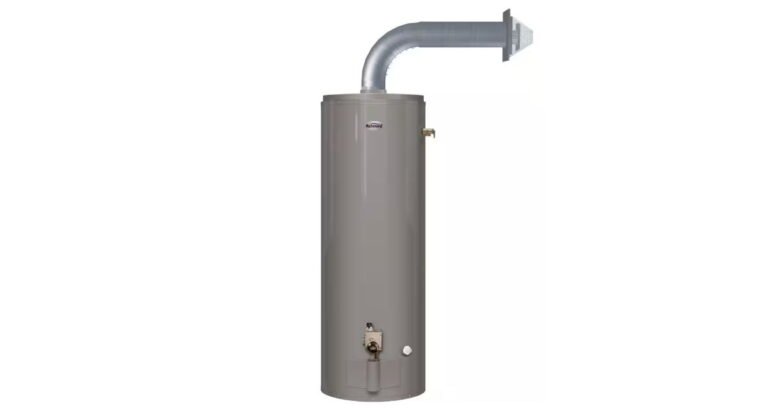
What Is: Direct Vent Water Heater (With Pros and Cons)
When you’re considering a new water heater for your home, the myriad of options can quickly become overwhelming, including atmospheric,…

